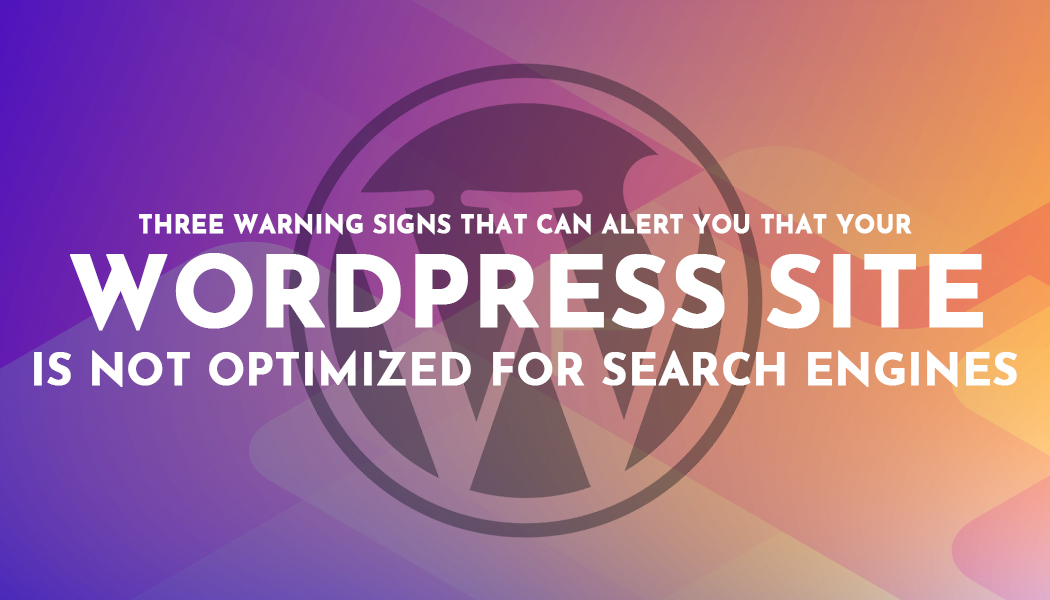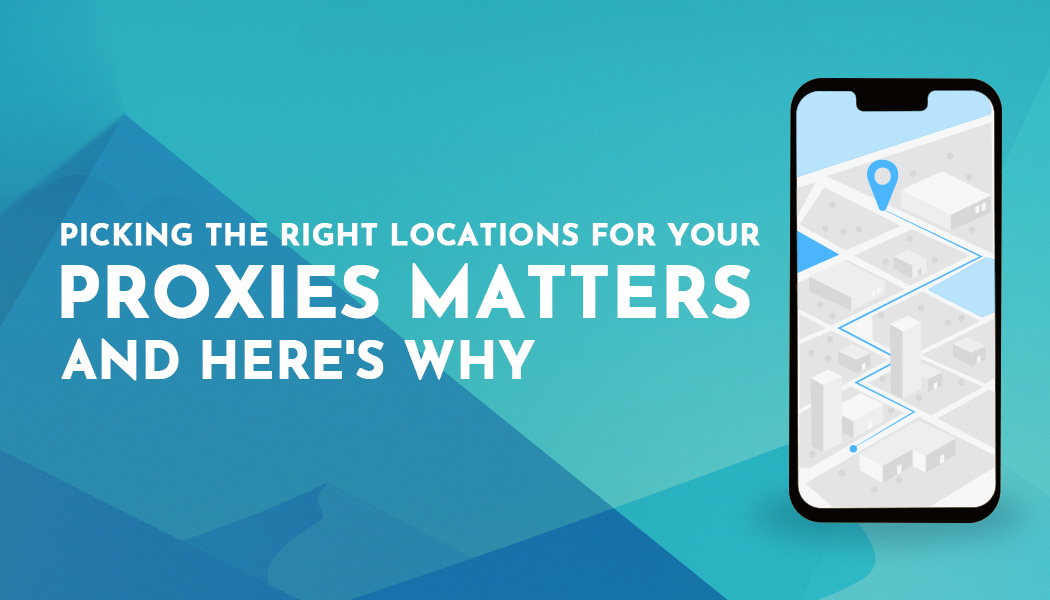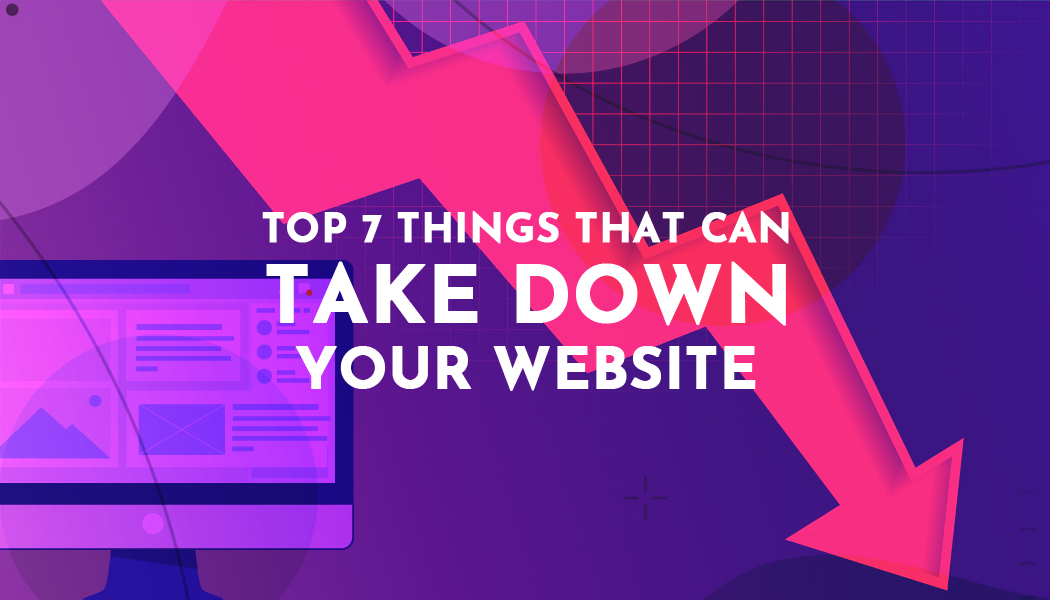Three Warning Signs That Can Alert You That Your WordPress Site Is Not Optimized For Search Engines
Like many other people, you will have found developing websites for a business application quite easy and intuitive because WordPress has been designed for this. However, optimizing your site for search engines can be a different cup of tea altogether since search engine algorithms seem to be changing all the time and the environment is so dynamic that it can be very hard to maintain consistency in rankings for the target keywords. It is not that difficult to find out whether your site is optimized for search engines if you know what to look out for, especially the important warning signs.
What is SEO?
Search engine optimization is a series of ongoing actions that you can take to ensure that the search engine gets high ranks when its target audience looks for the content, the website is designed to deliver. The benefit of the higher ranks on the search engine pages is that more users tend to click on the URL and visit the site and the opportunities for affecting the conversions increase. Essentially, all websites try to find a place on the first page of Google results because it is well established that the number of clicks tails off rapidly thereafter. According to Forbes, the prize spot today is the zero-position occupied by the featured snippet, which in Google’s opinion serves the search intent of the user the best for the query being performed. With Google controlling over 90% of the search market, all SEO generally tends to be done for Google, however, optimizing for other search engines like Bing and Yahoo can have certain benefits. Some of the early warning signs that you should be looking out for to recognize that all is not well on the SEO front:
Slow Loading Website
Most users firing queries on Google or any other search engine expect to get their answers very quickly and this is more so when they are using their mobile devices because most of the time, they are then on the go or are multitasking. According to studies carried out by Google in 2018, as many as 53% of users tend to abandon the site if it does not load within three seconds. This means that if you have a site that loads slowly due to any reason, you are losing out on the opportunity of making a sale to over half of your target audience. Because of the serious impact of the page loading speed on the user experience, Google launched a speed update to its algorithm in July 2018 making the speed of loading of critical importance to all website owners. Thankfully, even if critical, it is not a very difficult problem to tackle – all you need to do is find out the reason why the website or page does not load quickly enough for users to stay locked in and how you can improve the speed.
There can be many reasons why a webpage takes too much time to load including issues of bandwidth, however, most likely it will be due to the large size of the images. Blocks of text can be very boring and the inclusion of images, photos, videos, infographics, etc. can make the presentation of the content more interesting and lock in visitors, according to the marketing expert team for plumbers. However, the presence of large image files can have the opposite effect and the pages can refuse to load. The best way of solving this issue for your WordPress site is to use one of the many image optimization plugins that can compress, and resize the images as well as remove all redundant hidden data from the images. A plug-in like Smush can handle all the common image file formats while having the capability of integrating well with other plugins for speeding up your site. Using a tool to monitor the site speed will reveal the difference in page loading after the optimization and also inform you regarding other necessary actions.
Not Being Mobile-Friendly
The smartphone era has well and truly arrived with virtually everyone possessing one and using it to do a variety of things, including searching for information on the web. Today more than half of the internet traffic emanates from portable devices connected to the internet with the majority of them being smartphones. With the focus on page loading speed and usability, mobile users like to get the information they are looking for in a way that is most convenient to them even when they are on the go or multitasking. Sites that are not optimized for proper display and use on mobiles will not be visited by users. Google has also implemented its “mobile-first” SEO update that gives better ranks to websites that are optimized for mobiles in comparison to sites that can only be viewed on desktops. Among the most important aspects of mobile-friendliness is the ability of the website to display properly on screens of varying sizes. While this can be a major issue given the great diversity of screen sizes, WordPress site developers have the convenience of being able to use one of the many responsive themes available free of charge. Many of them also offer special widgets with the help of which, developers can create custom headings, insert CTAs, or create service areas based on special requirements.
Duplicate Content
With Google’s mission of delivering to users, content that is the most relevant, useful, fresh, and original, the presence of duplicate content can be a serious issue. When the search engine crawlers encounter duplicate content, they are confused about which one to treat as original and which ones to ignore in the search rankings. When Google gets confused about the originality of the content is tends to drive it down the rankings affecting the online visibility of the website or the content in question. If Google suspects content plagiarism, the penalties in the ranking are even more severe. To prevent confusion due to duplicate content within your website, developers should take the help of 301 redirects to that the bots get the right link to be crawled and indexed. If all the duplicate content is redirected to one particular link that is to be considered as the original, that link will be featured in the ranking and the rest will be discarded. When the same content can be reached in two or more different ways, using the rel=“canonical” code can help the search engine to know which URL to index and rank.
Conclusion
There are many things that website developers and content managers can do to improve the SEO health of the website. The most important thing is to monitor the health of your website across various metrics and to try to tackle any issue that is affecting the ranking before it can cause too much damage. The above three issues represent some of the most common concerns of website managers and should be investigated on a priority basis before moving on to other aspects of SEO




